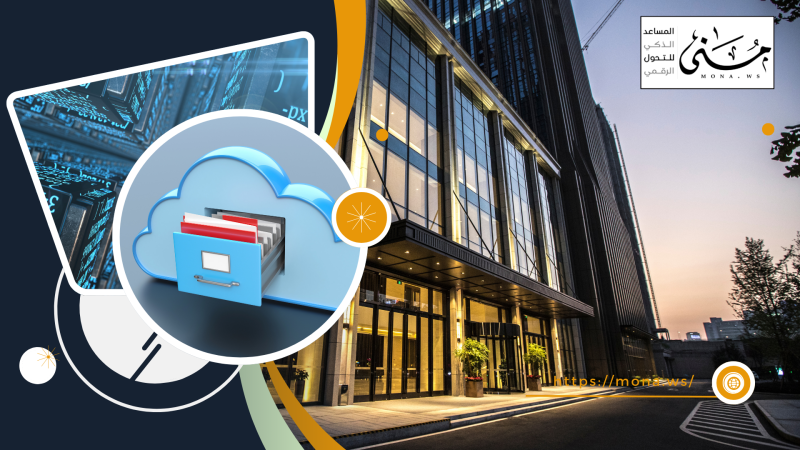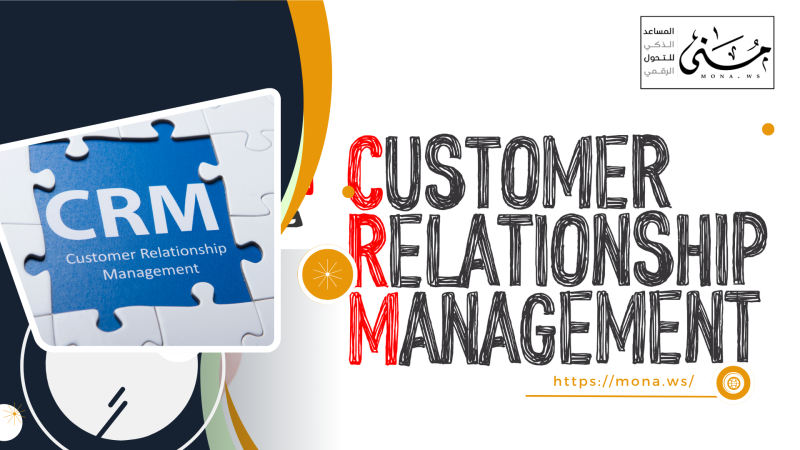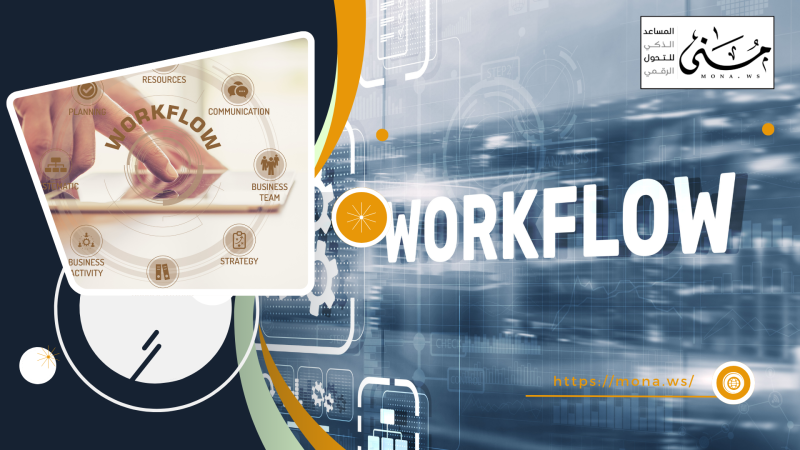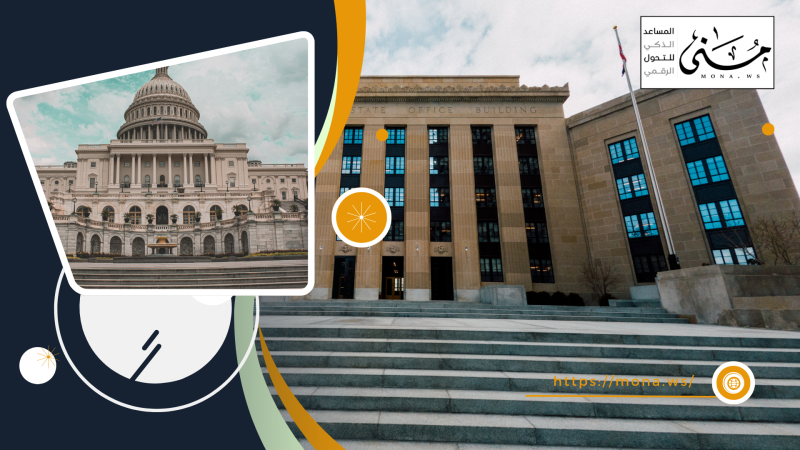In the fast-paced and highly competitive world of consulting firms, time is the most valuable resource, and efficiency is the cornerstone of success. Paradoxically, the very tool designed to enhance this efficiency, the "meeting," often becomes its complete opposite. For long hours, teams find themselves mired in disorganized discussions, vague agendas, and ambiguous outcomes, turning meetings into an administrative burden and a productivity thief rather than an engine for innovation and decision-making. This dilemma is not just a fleeting annoyance; it is a continuous drain on the company's resources and energy.
Companies have long suffered from this reality. The call for a meeting begins with an endless series of emails to coordinate schedules. Minutes before the meeting starts, a scramble ensues to print and distribute documents. Once it begins, precious time is lost waiting for latecomers or reviewing previously discussed points. But the biggest problem emerges after the meeting ends, as brilliant ideas and crucial decisions fade into oblivion, and actionable recommendations become mere ink on paper in meeting minutes that are rarely reviewed.
Faced with this deep-rooted challenge, some leading institutions have begun to search for radical solutions that go beyond patchwork fixes. They have realized that the problem lies not in the concept of the meeting itself, but in the traditional mechanism of its management. From here, digital meeting management has emerged as a beacon of hope, promising to transform these gatherings from time-consuming chaos into organized and fruitful experiences.
This article details the real success story of a leading consulting firm that decided to put an end to this chaos. We will delve into its transformation journey and how it adopted the DocSuite Meeting system as a strategic tool to restructure its weekly meetings. We will see how, through this step, it managed to regulate attendance, reduce wasted time, and most importantly, ensure that every recommendation is turned into a tangible action, achieving a quantum leap in improving teamwork and embracing a culture of comprehensive operational digitization.
A Glimpse into the Past: The Challenges of Weekly Meetings Before Digitization
Before the dawn of digital transformation shone on that consulting firm, the meeting room on Monday mornings was the stage for the same frustrating scenario. The weekly meeting, intended to align the team and review progress, had become synonymous with exhaustion and ineffectiveness. The scene can be summarized in three main challenges that were draining the team's energy and hindering its progress.
Attendance and Coordination Chaos:
The process of ensuring the attendance of all consultants, who are constantly moving between clients and projects, was a logistical nightmare. The meeting often started ten or fifteen minutes late, waiting for a quorum. This delay was not just a waste of time; it broke the momentum of the discussion and created a sense of apathy among those who were punctual. One project manager recalls, "We used to spend the first ten minutes taking attendance and sending text messages to latecomers. By the time we actually started, half of our enthusiasm had evaporated."
Lost Time in a Spiral of Disorganization:
"Wasted time" was the most prominent feature of those meetings. There was often no clear and distributed agenda in advance. The meeting facilitator would start by asking, "So, what do we want to discuss today?" opening the door to random discussions that were far from the real priorities. Important documents were printed and distributed at the beginning of the meeting, forcing everyone to spend the first few minutes in silent reading instead of effective discussion. Furthermore, side conversations would proliferate, and key points would be re-explained to latecomers, turning a meeting that was supposed to last an hour into a marathon of ninety minutes or more without achieving the desired objectives.
Vague Outcomes and Lost Recommendations:
The real disaster lay in what happened after the meeting ended. The meeting minutes, if written, were hastily jotted down in personal notebooks or in a separate "Word" file. They were often sent out two or three days later, after the context of the discussion had been lost. These minutes lacked clarity, with decisions vaguely phrased like "communication with the client needs to be improved" without specifying the responsible person, the mechanism, or the deadline. As a result, the valuable executive recommendations that the team reached after extensive discussion simply vanished. There was no systematic mechanism for tracking tasks, which created a work environment lacking accountability, where everyone could assume that someone else would handle the implementation. This vicious cycle of unproductive discussions and forgotten decisions was the biggest obstacle to achieving effective meetings.
DocSuite Meeting: The Tool for Transformation Towards Effective Meetings
When the company became convinced that the traditional approach was no longer sustainable, it began its search for a solution. It was not looking for a mere note-taking application, but for an integrated system that would redefine the entire lifecycle of a meeting. Here, the DocSuite Meeting system entered the picture as a radical turning point, offering a new methodology for managing weekly meetings. The application was not just a tool; it was a new work philosophy, and it was adopted through three main phases:
Phase One: Smart Preparation Before the Meeting
The era of random meetings was over. With DocSuite Meeting, preparing for a meeting became an organized and mandatory process.
-
Unified Digital Agenda: The meeting facilitator could now create an interactive digital agenda at least two days before the meeting date. Each item is clearly defined, with a precise time frame allocated to it, and the purpose of its discussion specified (for information, for discussion, for a decision).
-
Centralization of Documents: Instead of sending dozens of attachments via email, all reports, presentations, and related documents were attached directly to their designated agenda item. This meant that every participant could review the materials in advance and come to the meeting fully prepared for a fruitful discussion.
-
Automated and Clear Invitations: Invitations are sent through the system and contain a direct link to the agenda and documents, ensuring that everyone is on the same page, literally and figuratively.
Phase Two: Dynamic Management During the Meeting
The meeting room transformed from a space of chaos to an environment of focus and achievement.
-
Attendance Tracking with a Click: As the meeting begins, the meeting administrator records attendance, absence, and lateness directly on the system, providing an accurate record and eliminating awkward questions and interruptions.
-
Organized Flow of Discussion: The agenda is displayed on the main screen, acting as a compass to guide the discussion. Adhering to the specified time for each item helped keep the team focused and prevented unnecessary digressions.
-
Instant and Direct Documentation: This was the most revolutionary feature. The meeting minutes were written directly in the system, live during the discussion. All attendees could see what was being documented, ensuring accuracy and immediate agreement on the wording of decisions and executive recommendations.
Phase Three: Strict Executive Follow-up After the Meeting
Herein lies the true power of the system, in its ability to turn words into actions.
-
From Recommendation to Task: Once the discussion of an item is completed and a decision is made, the meeting facilitator can directly create a "task" or "recommendation" from the minutes page. A specific person is assigned to this task, a clear due date is set, and it is linked to the item under which it was discussed.
-
Centralized Follow-up Dashboard: After the meeting ends, the approved minutes are automatically sent to all participants. More importantly, the new tasks appear on each employee's personal dashboard. Senior management and everyone else could now track the status of all recommendations (new, in progress, completed, overdue) with complete transparency. This eliminated the "gray area" culture and replaced it with a culture of clear accountability.
Through these three phases, digital meeting management was no longer just a theoretical concept, but a daily reality that systematically contributes to improving teamwork.
The Tangible Impact: Numbers That Speak of Success
The transformation brought about by the DocSuite Meeting application was not just a general feeling of improvement; it was a radical change that could be measured by numbers and tangible data. Just six months after implementing the new system, the company conducted a comprehensive evaluation to compare the current situation with the past, and the results were stunning and spoke for themselves.
Exceptional Efficiency in Time Utilization:
The first and most obvious result was the significant reduction in wasted time.
-
Reduction in Meeting Duration: The average duration of the weekly meeting decreased from 90 minutes to 55 minutes, a saving of about 40%. This saving does not mean less discussion, but more focused and effective discussion. Over a single month, the team saved approximately 140 minutes, equivalent to more than two hours of high-value work time that could be invested in customer service or business development.
-
Punctuality: The percentage of meetings starting on time increased from 30% to 95%. The system eliminated the culture of lateness, creating an atmosphere of mutual respect for everyone's time.
Vast Improvement in the Implementation of Recommendations:
Here lies the true measure of success. Executive recommendations were no longer just fleeting ideas.
-
Task Completion Rate: The percentage of recommendations and tasks completed on time jumped from a modest rate of no more than 40% to an astonishing rate of 90%. Transparency and the tracking mechanism made it difficult to ignore responsibilities.
-
Clarity of Responsibilities: An internal survey showed that 100% of team members now clearly know the tasks assigned to them after each meeting, compared to only 45% previously.
Live Testimonials from the Heart of the Team:
The numbers tell part of the story, but the real impact is seen in the daily experiences of the employees.
-
A project manager says: "Previously, I would spend a full hour after each meeting trying to decipher my notes and write a summary email. Now, I leave the meeting room with the minutes approved and the tasks distributed. I have regained precious hours from my week, and more importantly, I trust that what we agreed on will be implemented."
-
A junior consultant adds: "With the DocSuite Meeting system, I felt empowered. I now participate in discussions with more confidence because I review the documents beforehand, and I can easily track the tasks assigned to me. There is no longer a fear of any task getting lost or misunderstood. This has significantly contributed to improving teamwork."
These tangible results were not just a victory for digital meeting management; they were conclusive proof that investing in the right operational digitization tools can yield a significant return in terms of efficiency, productivity, and employee satisfaction.
Beyond the Numbers: Fostering a Culture of Operational Digitization
The resounding success that the company achieved in improving its weekly meetings went beyond the confines of the meeting room, becoming a catalyst for a deeper and more comprehensive cultural change. The impact was not just about saving time or increasing task execution; it was about planting the seeds of a new work culture based on transparency, accountability, and a data-driven approach. The DocSuite Meeting experience was the spark that lit the way towards comprehensive operational digitization.
Building a Culture of Accountability and Transparency
Before implementing the system, responsibilities were often gray and undefined. Now, every task is linked to a specific person and a clear due date, all documented and visible to everyone. This radical transparency eliminated the culture of blame or shirking responsibility. Each team member became directly responsible for their tasks, not out of fear of punishment, but because progress became part of the visible daily work fabric. This shift enhanced trust within the team and encouraged initiative, as everyone could see how their small tasks contributed to the larger project goals.
Creating a Living Institutional Memory:
One of the biggest problems in the past was the loss of knowledge. Great ideas and lessons learned from previous projects were forgotten as soon as the meeting ended. Now, meeting minutes have transformed from forgotten papers into a living digital archive and a rich institutional memory. It has become easy to search for any decision made in the past, review the reasons for choosing a particular strategy, or track the evolution of an idea over time. This ability to refer to the "history of decisions" has become an invaluable tool for training new employees and ensuring that mistakes are not repeated, which has led to long-term improvement in teamwork.
Embarking on Comprehensive Digitization:
The success of the digital meeting management experience served as a powerful "proof of concept" for the company's management. It showed the skeptics that digitization is not just a complex technical term, but a practical way to solve real problems and achieve tangible results. This success whetted the company's appetite for adopting more operational digitization solutions. The team began to look for digital tools for project management, improving customer communication, and automating reports. It broke the barrier of fear of change and proved that adopting technology, when chosen strategically, can enhance human capabilities rather than replace them. The discussion within the company shifted from "Why should we change?" to "What is the next step in our digital transformation journey?".
In this sense, DocSuite Meeting was not just a solution to the problem of scheduling and managing meetings and shifts; it was the catalyst that pushed the entire company towards a more efficient, intelligent, and competitive future.
Ultimately, the journey of this consulting firm reveals a fundamental truth: digital meeting management is not a technological luxury or a marginal administrative solution, but a direct strategic investment in the core assets of the company: the time of its employees, the effectiveness of their collaboration, and their ability to turn ideas into results. This experience has proven that the transition from chaos to efficiency is not only possible but also an imperative for institutions that aspire to leadership in the modern business environment.
The lessons learned from this story are multifaceted. First, success did not come from merely purchasing software, but from adopting a new work methodology that the entire team, from senior management to the newest consultant, was committed to. It was the commitment to prior preparation, focus during discussion, and accountability after the meeting that brought the digital tool to life. Second, the results showed that organizing effective meetings has a multiplier effect; it not only saves time but also boosts morale, enhances teamwork, and creates a culture of achievement and transparency.
Looking to the future, it is clear that companies that continue to manage their meetings in traditional ways will gradually waste their resources and fall behind. The ability to hold focused meetings and emerge from them with clear and trackable executive recommendations is no longer a competitive advantage but has become a fundamental of operational excellence.
The story of transformation using a system like DocSuite Meeting is an open invitation to all business leaders to re-evaluate their meetings. Do not ask how much it costs to implement a new system, but ask how much every hour wasted in an unproductive meeting costs you, and how many opportunities evaporate with every recommendation that is not implemented. Investing in operational digitization today is an investment in the company's survival and success tomorrow, and it is the first step in transforming meetings from a necessary evil into a powerful engine for growth and sustainable success.









Comments
Add New Comment